Overview
Map
Other Details
دير مار بطرس وبولس
Aachqout
Keserwan
Mount Lebanon
دير مار بطرس وبولس - عشقوتبنى البطريرك بولس مسعد الدّير في النصف الثاني من القرن التاسع عشر، وجعله مركزًا بطريركيًّا له إبّان حبريته. استقدم للكنيسة تمثالين رخاميّين والأواني من روما، مع مجموعة من اللوحات الصغيرة. أمّا اللوحة الكبيرة فوق المذبح وسط الكنيسة، فهي من عمل داود القرم. بعد وفاته، دُفن البطريرك في الكنيسة، وأوقف الدّير لعائلة مسعد. تحوّل في فترةٍ من الزمن إلى مدرسة، والآن يخوض عمليّة ترميم لإبراز قيمته التاريخيّة.The monastery of Sts Peter and Paul - AshkoutThe monastery was built in the second part of the XIXth century by patriarch Boulos Massaad, and he resided in it during his pontificate. The patriarch acquired for the church two roman marble statues of Sts Peter and Paul, and many paintings. The great painting over the high altar is by Dawoud El Qorm. After the death of the patriarch the monastery became in the possession of the Masaad family, it was converted into a school for a while and now it is undergoing a restoration plan to bring out the historical value of the place.
Visited 1532 times, 3 Visits today


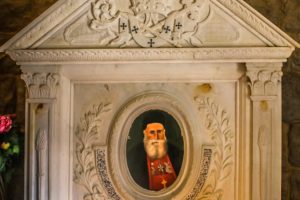
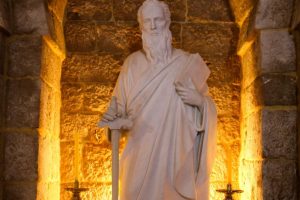
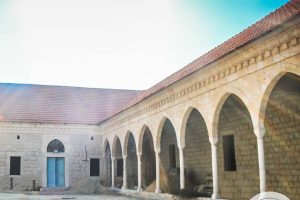
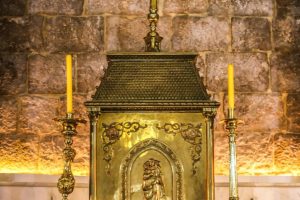



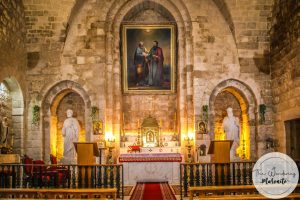
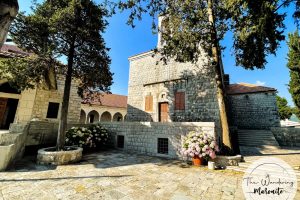












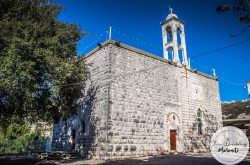


Reviews are disabled, but trackbacks and pingbacks are open.